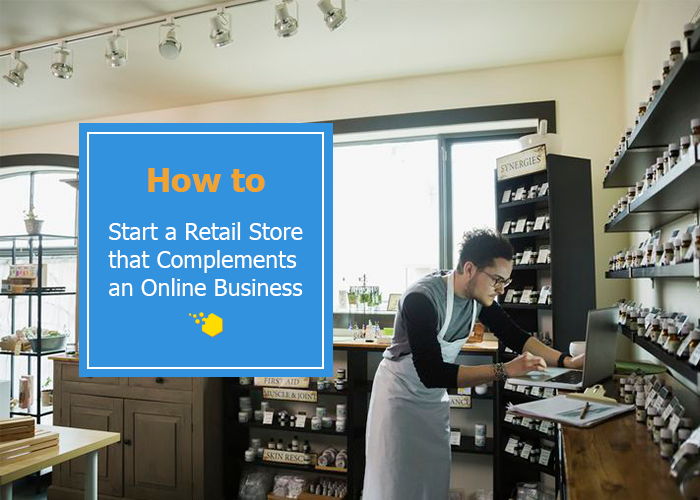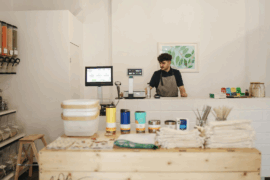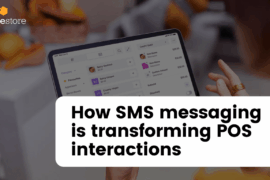Why you need to start a retail store?
As mentioned in our previous sessions, the retail world has witnessed a shift from single channel sales into an integration of online and offline.

Regarding e-commerce, it’s a must to go offline, as 85% of consumers still prefer to shop at physical stores to online.
Moreover, a long time of overdevelopment makes the online market become crowded and expensive when bidding keywords on search engines or competing with huge e-commerce providers. Going offline, e-retailers generate higher chance of customers purchases, provide a better O2O services offerings and create stronger brand awareness building.
However, taking an online business offline is not an easy task. Physical infrastructure and staff are bottlenecks that hold digital-born retailers back in moving to offline.
In this blog post, we will give you detailed guidelines on how to start a retail store.
| Table of Content |
1. Choose one Type of Retail Store to Launch
The first step to develop a physical store is to figure out which type of store a retail business wants to involve. In general, there are 4 types of brick-and-mortar stores which are the storefront, home-based store, pop-up shop and booth at a Flea market or street fair.
A. Storefront
Storefront, also known as a shopfront, is a store where retailers display all products in an environment where customers can peruse and purchase goods.
This is the most popular type of physical retail stores that exist everywhere, at a mall, shopping center or in the streets. Normally, the storefront is located on the ground floor or the street level of a commercial building, with one or more display windows. Traditional storefronts are often designed with awnings and bay windows to attract passers-by’s attention.
 Via Nau
Via Nau
Depending on the products lines, the needs and offerings of the business, retailers will make some adjustments to the design of the store. For example, a physical storefront can have some kiosks, mall carts, and warehouse stores.
The main purpose of this type of brick-and-mortar store is to give retailers access to customers and help convey what the brands and products are all about to the general public by attracting visual attention.
To consider starting a storefront, retailers must be fully aware of its pros and cons.
The first benefit that storefront brings out to a business is that it’s easier to display products to attract walk-by through shop windows. Additionally, it creates a more professional environment where customers can touch, feel, test or try the products on. The storefront also helps boost long-term sales when it provides better customers care such as consultants from sales staff and a place fo the local customer to return items.
However, investing in a storefront is no ease as it costs a lot for location renting and employees hiring. Utilities, taxes and maintenance costs also make the overhead too expensive for some retailers to afford, especially in crowded areas or shopping centers.
B. Home-based store

Home-based is a traditional type of retail store in which people operate the business of their own family. Normally, the staff are immediate family members and the central office is located in their own house.
The home-based store is the best choice for simple and small businesses as it costs no renting fee and inexpensive infrastructure, utilities and employees hiring.
However, simplicity goes along with limited popularity to development. The home-based business is limited to expand as it lacks space for additional goods and more employees or decoration as well. Some home-based stores even fail to provide their customers a professional impression, which creates their distrust of the items they’re selling. Besides, inconvenience might arise since it’s hard to separate the business and personal life.
C. Pop-up shop
A pop-up shop is a small store set up in an empty space during a short period of time. We can see pop-up stores arising everywhere in sales seasons or at sales peak time of a product line. Swimming costumes, for example, will be sold in pop-up stores during summer.
Regarding the advantages, the pop-up store is the most effective tool to test new markets, products and revenue stream before an ecommerce business go offline.
Besides, pop-up stores help retailers go to where their potential customers are, navigating their business to a location on a high demand for their products. This helps the business reach and educate new customers, and facilitating the brand-building as a result.
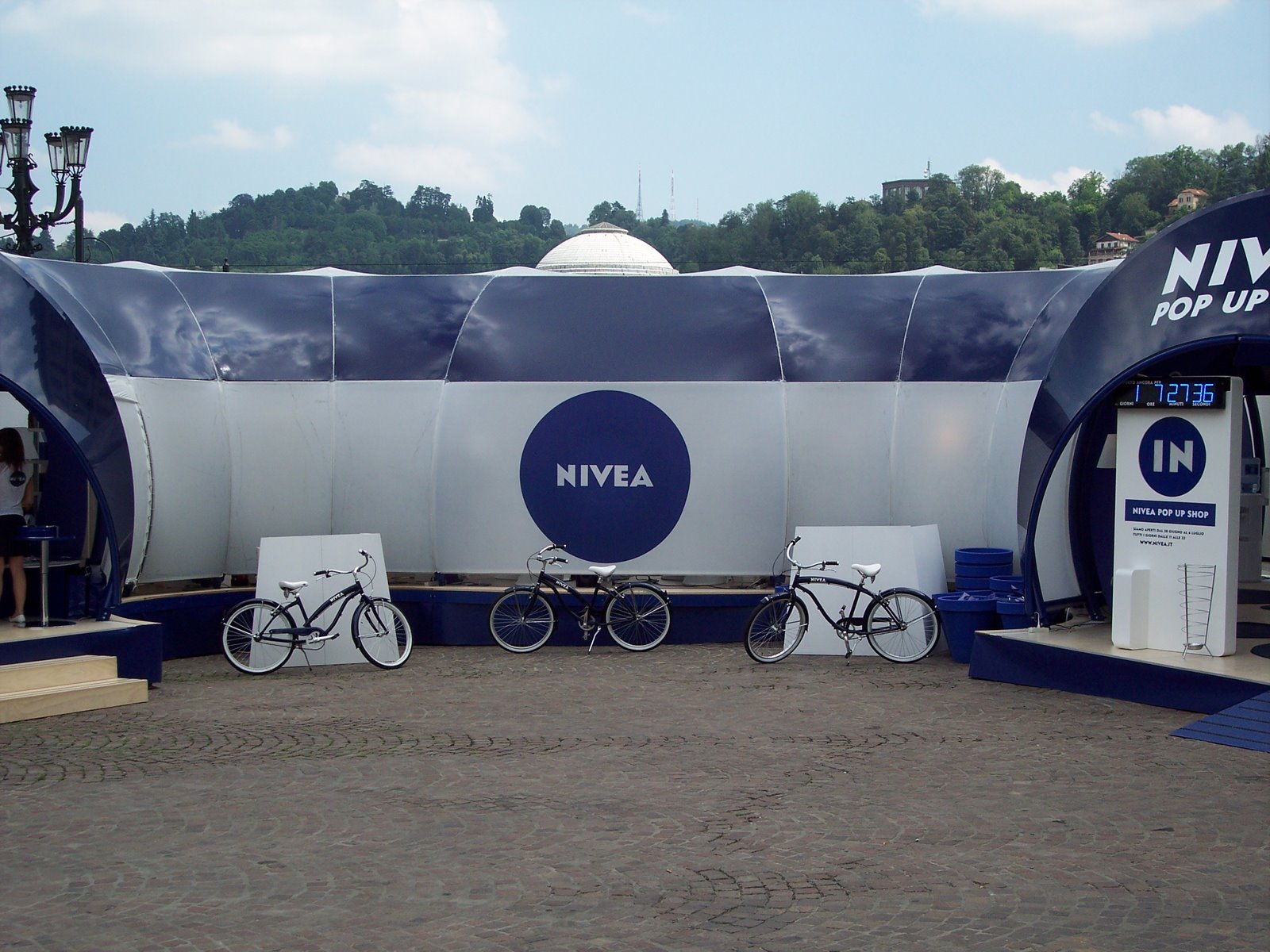 via Nivia
via Nivia
However, it’s not an easy task to invest in a pop-up store. Inconsistency is the very first thing that worries retailers when considering a pop-up shop as it’s hard to create a strong relationship between the brands and shoppers through temporary stores.
Moreover, a business needs an ideal location, financial capacity, and technology support to set up a pop-up store which will be abandoned after a few days. Therefore, it can be an unnecessary waste for some irrelevant investment.
D. Booth at a Flea Market or a Street Fair

A flea market is an open area that rents or provides space to merchandises to sell things. A street fair is a fair held to celebrate the character of a neighborhood. Booths at those events are often small and temporary stores which are set up to sell products like foods and beverages or products relating to the event’s themes.
Of the four types of physical retail stores, a booth is the simplest and easiest one to set up. Most retailers can afford a booth in an opening fair because it doesn’t cost much for infrastructure, location, and staff. Another thing that makes those small booths powerful is its convenience. Retailers can easily reach potential customers and attract them to make the purchase as people who come to a flea market or a street fair are almost ready to spend money.
However, this type of store is only relevant to small business with inexpensive products like food and beverage industry, or items that relate to the events.
Besides, retailers may have to vie with other competitors who sell the same items. The most significant drawback of a retail booth is its lack of interaction with customers. Therefore, a retail booth fails to improve customers’ engagement, and brand-building as well.
2. What to Consider when Opening a Physical Store
A. Location
After making a decision on which type of physical store to invest in, a business must choose a promising location to set up their store. It’s not an easy task to find out where to put down the store, and here are something can be taken under consideration to help retailers find out an ideal location.
Customers’ Demographics
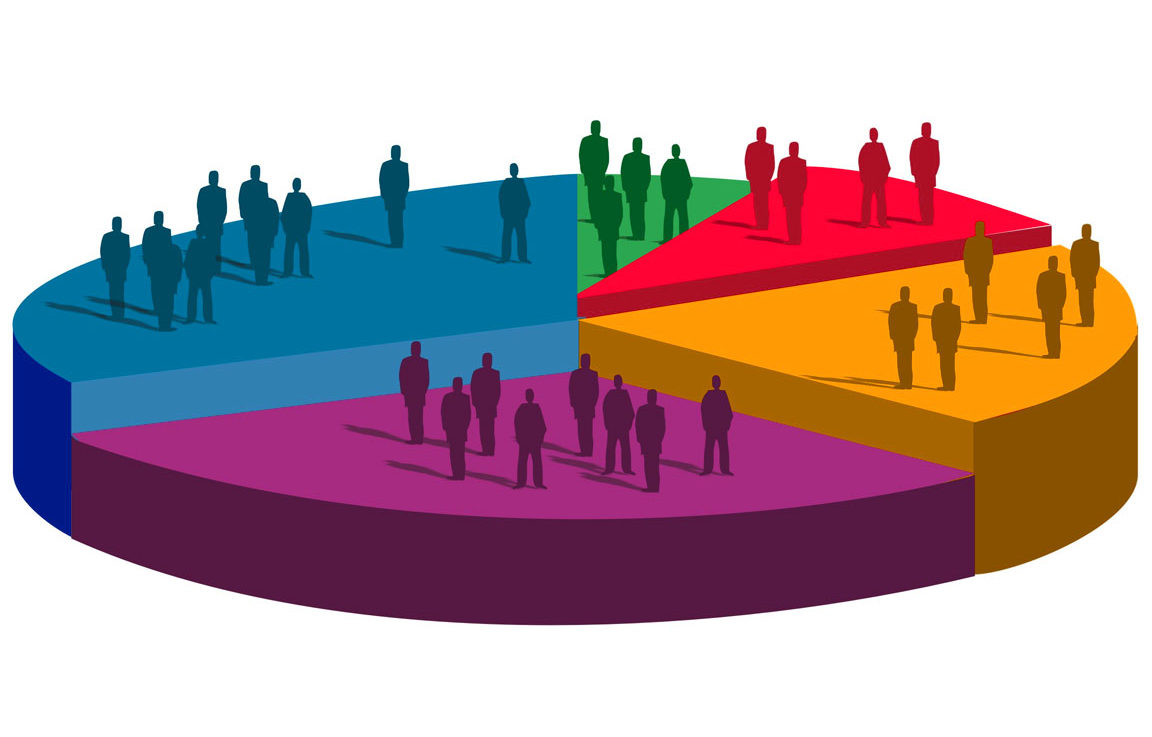
An ideal location to set up a store is the place where the potential customers show up the most frequently.
Based on data collected in webstore, a digital retailer can figure out an area where the majority of their existing customers are living, working or going to shop. Magento backend reports and Google Analytics can be the good references for retailers.
Besides, the business can do some research on overall population and demographics of them.
Surrounding Area
The surrounding area is also important to consider when choosing a location to open a retail store. Retailers should find a place which is convenient for their customers to go shopping. Convenient transportation and adequate parking space must be the first factors to be mentioned. Besides, a neighborhood with a high level of security is also a good choice.
Cost
On choosing the type of store to open, the retailer has already been aware of how much they must spend on a physical store. Location renting, taxes, remodeling and decoration will cost them a great expen. Besides, maintenance cost must be calculated for long-term business.
Competition
Finding an ideal location to open a new store doesn’t mean that retailers must seek for somewhere without their competitors’ appearance. It’s normal that competing businesses open stores next to each other since they follow the same customers’ demographics.

However, there are many things a business can do to beat their competitors when opening a new store.
Firstly, a research on other competing businesses will help they figure out about their competitors, how many of them there are, what are their strengths or weaknesses, and how to create the difference from them.
The next thing to do is a test on how popular your online brand is, whether it’s well recognized in the area. Surrounding products or services are also important complementary factors. For example, a cosmetic store would be much successful when being placed next to a nail or hair salon rather than a restaurant.
B. Layout and Design
Qualified products may not be the only thing to attracts customers to make purchases. A well-organized store with nice layout and design can be incentives for better sales.
Store Layout
Generally, store layout shows the size and location of each department in a store, make out the customer traffic flow, product placement and more.
A retail store layout must be planned based on the products sold in the store and the customer’s behavior. There are 3 popular types of store layouts: grid/ straight floor, loop floor, and free flow floor. A retailer can choose one type that best fits their business.
Here are some tips for retailers to better layout their stores:
- Leave a decompression zone upon the entrance
- Maintain good visibility over all products
- Position products for maximum exposure
- Create spacious pathways
- Create comfort zone with some seats (if possible)
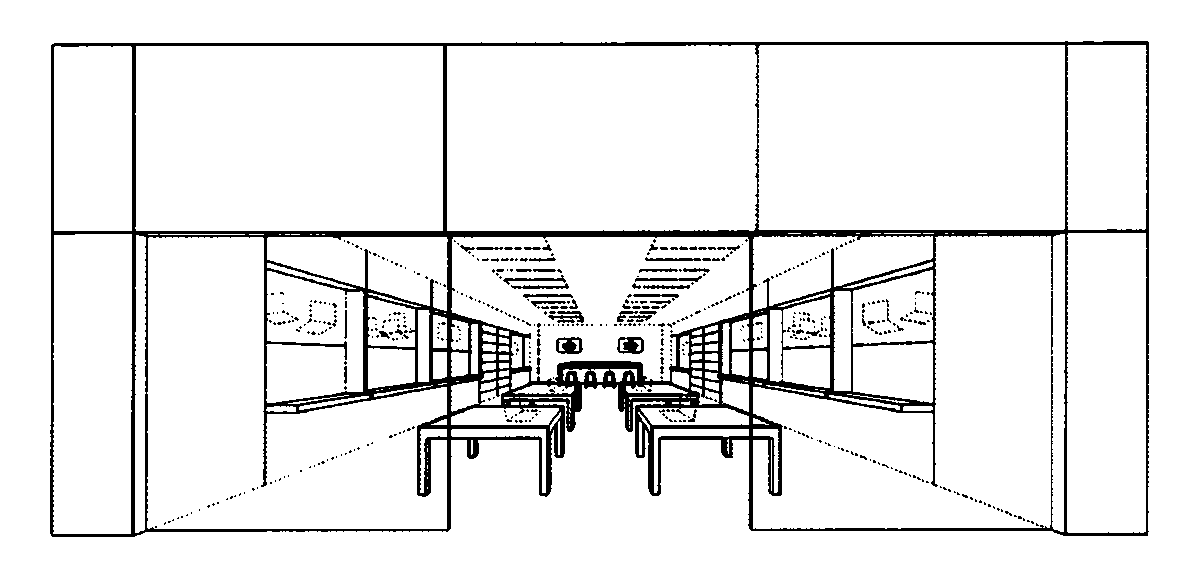
Store Design
When designing a new store, retailers must pay attention to both exterior and interior details. The exterior of a store will shape the first impression of a customer, it even determines whether a customer wants to enter a shop a not. Eye-catching display windows and entrance are the keys to capture customers s’ attention, make them want to visit a retail store.
Interior details, on the other hand, will create a long-term impression on the customers. Retailers are expected to inspire customers by an immersive experience to tell the brand’s story. Every decoration details should be involved in a relevant theme that expresses a message that the business wants their customers to receive.
Besides, the interior design must bring the customer a feeling of comfort, which seems to make customers spend more time in their store.
C. Equipment and Point of Sale
Starting an offline channel, online-born retails may face some trouble relating to technology capacity. A physical store requires many stuff that an ecommerce business didn’t use to. Here are some suggestions about equipment needed for a retail store.
Point of Sale
The checkout process is very simple and convenient online, meanwhile it is relatively more complicate offline. A point of sale in a physical store needs many equipments such as POS software, credit card processing machine, barcode reader, cash drawer, cash register, and security system.

Stock Room
A physical store always requires many stuff that support a smooth operation. They can be inventory shelves, trash cans, trash bags, a pricing gun, a tagging gun and a labeler. Normally, retailers can save an empty space or a large drawer to stock those things. However, in some store that is large enough, there is a whole stockroom to keep those stuff.
Office Area
Telephones, computers, fax machines, printers, filing cabinet and a safe are needed things in an office area. Other stationeries that a store should prepare are pens, pencils, staplers, staples and paper clips. (It’s in case that the type of physical store the business choose is large enough for an office area).
D. Products and Inventory Management
Product Management
Products management within a physical store involves some tasks such as pricing (when new items are added to shelves), forecasting (predicting the products sales), planning (on which products to sell offline, which ones to focus in, or which ones need a marketing strategy to boost sales), etc.
Inventory Management

With medium and big enterprises, there is an intensive supply chain with a warehouse system to provide products to their physical stores.
However, small retailers make use of brick-and-mortar stores to stock their products. In this case, the physical store should have enough room for inventory and storage, and retailers must control the inventory movements likes stock receiving, stock taking or stock returning.
E. Staffing
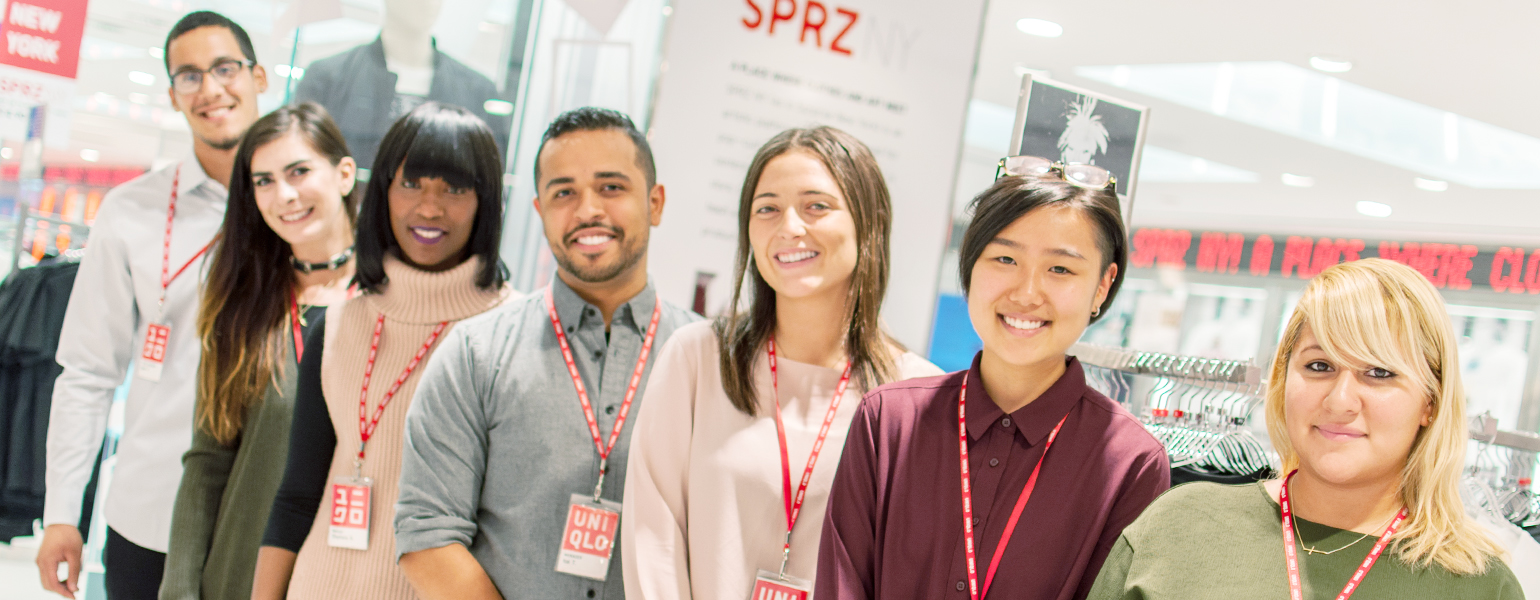
Employees hiring is a big concern for a digital-born retailer going offline since their former business doesn’t require many staff. Depending on the business size, retailers will decide on how many staff they need. Then they must make a plan for deployment and working shifts, which will help run the staff management more smoothly.
Maybe you want more?
» A Breakdown of Online-to-Offline Business
» How to build an Online Store with Magento

